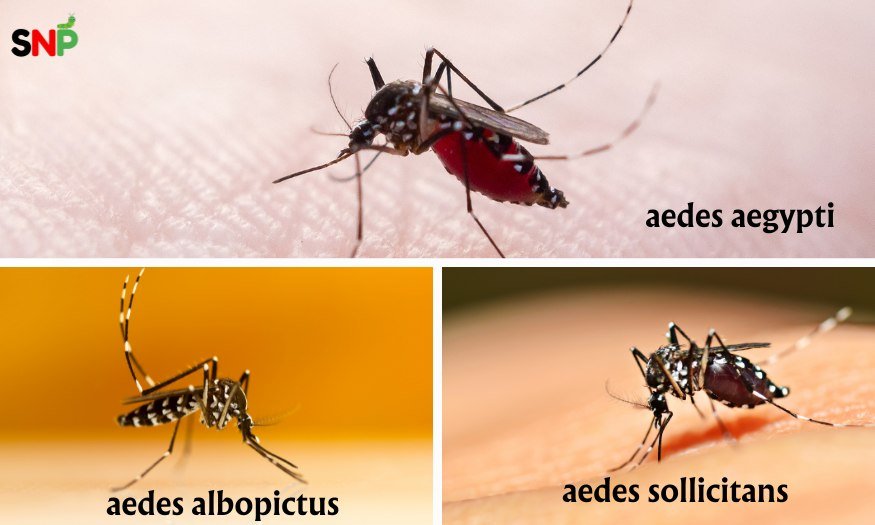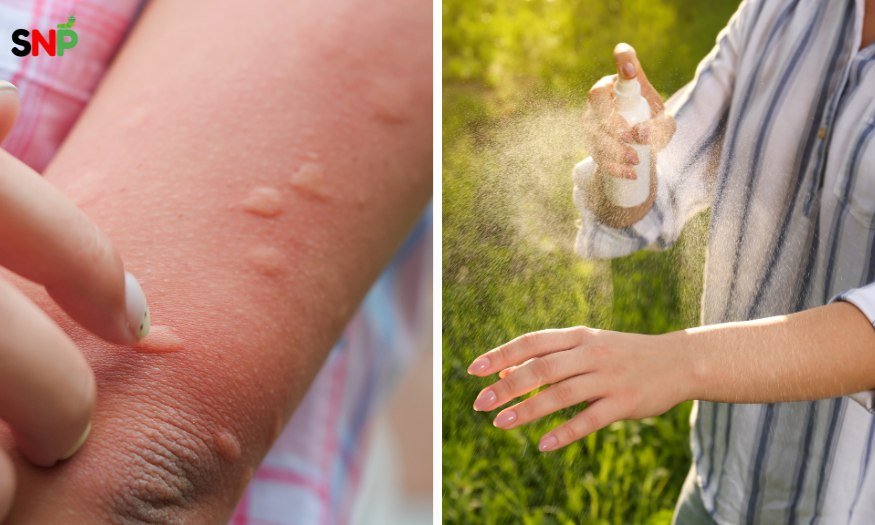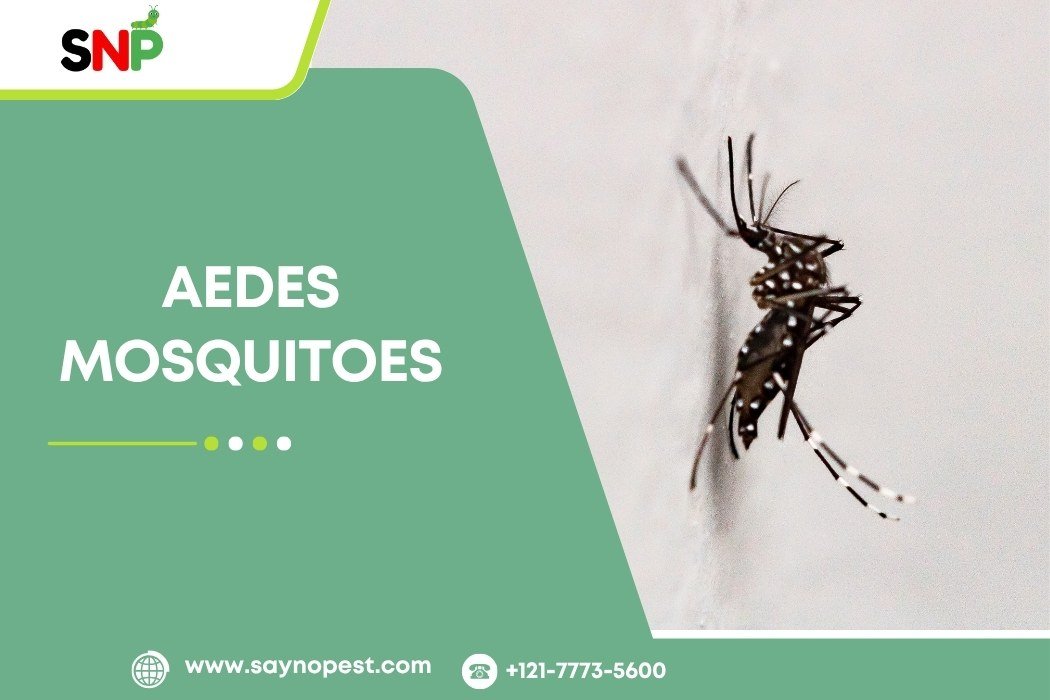The 3 types of Aedes Mosquitoes that exist in the U.S.-
- Aedes aegypti
- Aedes albopictus
- Aedes sollicitans

Aedes aegypti
Because Aedes aegypti mosquito causes Yellow Fever, it is commonly known as the yellow fever mosquito. This mosquito has black and white texture and targets both humans and animals during the day time.
This mosquito has a violent behaviour and is known to transmit viruses, such as-
•Zika
•Dengue
•Chikungunya
•Yellow fever
The eggs of Aedes aegypti mosquito have the ability to survive even in dry environment for a long-long time.
These are also called Asian Tiger Mosquito. This mosquito shows aggressiveness in the daytime. This insect consumes blood from three different groups of hosts which include people and animals together with birds.
Alboictus is known to transmit viruses, such as-
- Encephalitis
- Dengue (all four serotypes)
- Yellow fever
- Dog heartworm.
- West Nile virus has also been detected in the east of U.S.
Aedes sollicitans
Aedes sollicitans is also called the Eastern Saltmarsh Mosquito. They have a rusty colour and banded legs. They become widespread after high tides and heavy rain and are found all year long when the weather is warm and humid. During the colder months their numbers are reduced.
Aedes sollicitans normally bite in the early morning or late afternoon, but when disturbed during the day, females that are at rest will attack wholeheartedly.
Females of this species can lay their eggs in different places such as-
- Birdbaths
- Flowerpots
- and other similar containers.
Common Characteristics of Aedes Mosquitoes
Aedes mosquitoes demonstrate aggressive feeding behavior while seeking their blood meals between day-time hours. During each feeding period these mosquitoes target multiple hosts so they increase their chances to transmit diseases.
The mosquitoes lay eggs in natural and artificial water containers such as tree holes, tires and buckets, etc. They lay eggs outside water and retains the ability to survive without water until the habitat becomes moist again.
The complete life cycle needs around seven to ten days under conducive weather to proceed from egg to adult which promotes rapid population growth.
The adaptive features of Aedes albopictus mosquitoes along with other Aedes species allow them to thrive in colder temperature environments.
Aedes mosquitoes show aggressive bite habits and transmit multiple diseases due to their transmission ability which creates a major public health concern when mosquito infestations become prevalent.
How To Protect Yourself From Their Bite

- Apply repellents containing EPA registered ingredients.
- Wear long sleeve clothes, socks and shoes to protect yourself.
- Doors and windows at your house should be properly shut if you want to stop mosquitoes from entering.
Life Cycle Of Aedes Mosquito
1. Eggs Stage- The egg-laying process of female mosquitoes takes place in containers that retain water such as buckets and birdbaths alongside flowerpots and tree holes. The eggs which mosquito females place become exceptionally durable allowing them to survive in dry areas for months.
When the eggs come in contact with water due to rain or when someone waters the plants, they hatch into larvae.
2. Larvae Stage-Larvae live in water. These larvae look like tiny worms.They breathe via tubes at the surface and eat tiny stuff present in the water.The growth of these Larvae is fast.In about 5 days, they change into the next stage called the pupa.
3. Pupa Stage- At this stage, the pupa stays in the water and doesnot move and it looks like curled up little commas. Before getting ready to come out, the adult mosquito spends 2-3 days maturing inside its cocoon.
4. Adult Mosquito- At this stage, the mosquito comes out of the water and starts to fly! Adult females go looking for blood so they can lay more eggs. Male mosquitoes don’t bite, they feed on honeydrew and plant nectar.
After obtaining blood through feeding, the female mosquito lays eggs before starting a new cycle.
Total Time:
From egg to adult can take as little as 7–10 days if the weather is warm and conditions are right. That’s why these mosquitoes multiply so quickly!
Conclusion
The aedes mosquito is an issue in the U.S. Therefore, knowing their appearance, understanding their life cycle, is important to get rid of them is an important step for your and your family’s safety.

Leave a Reply